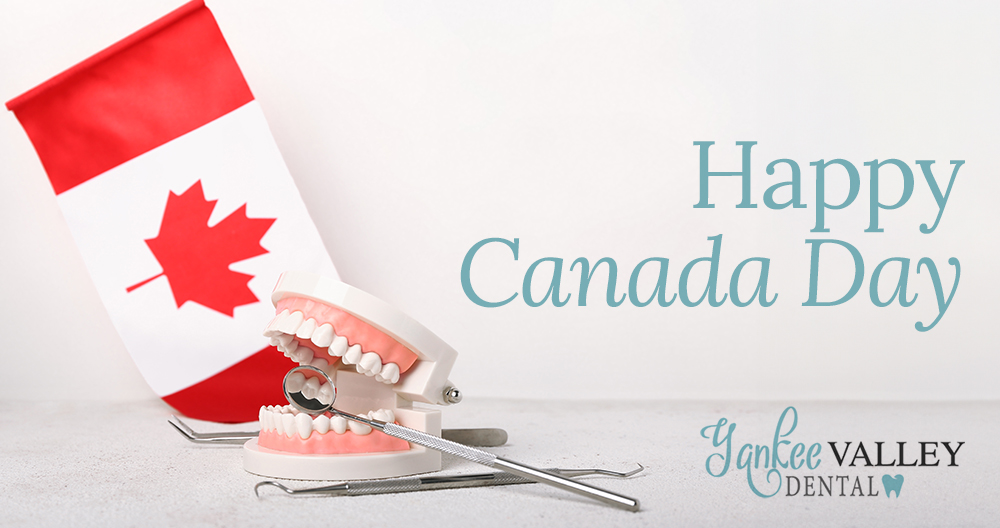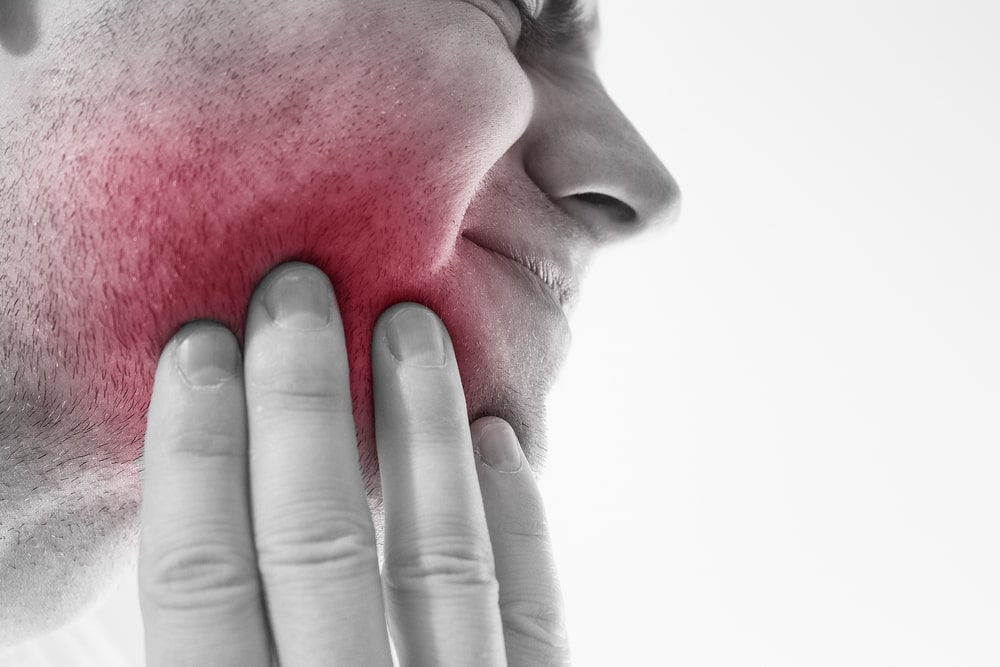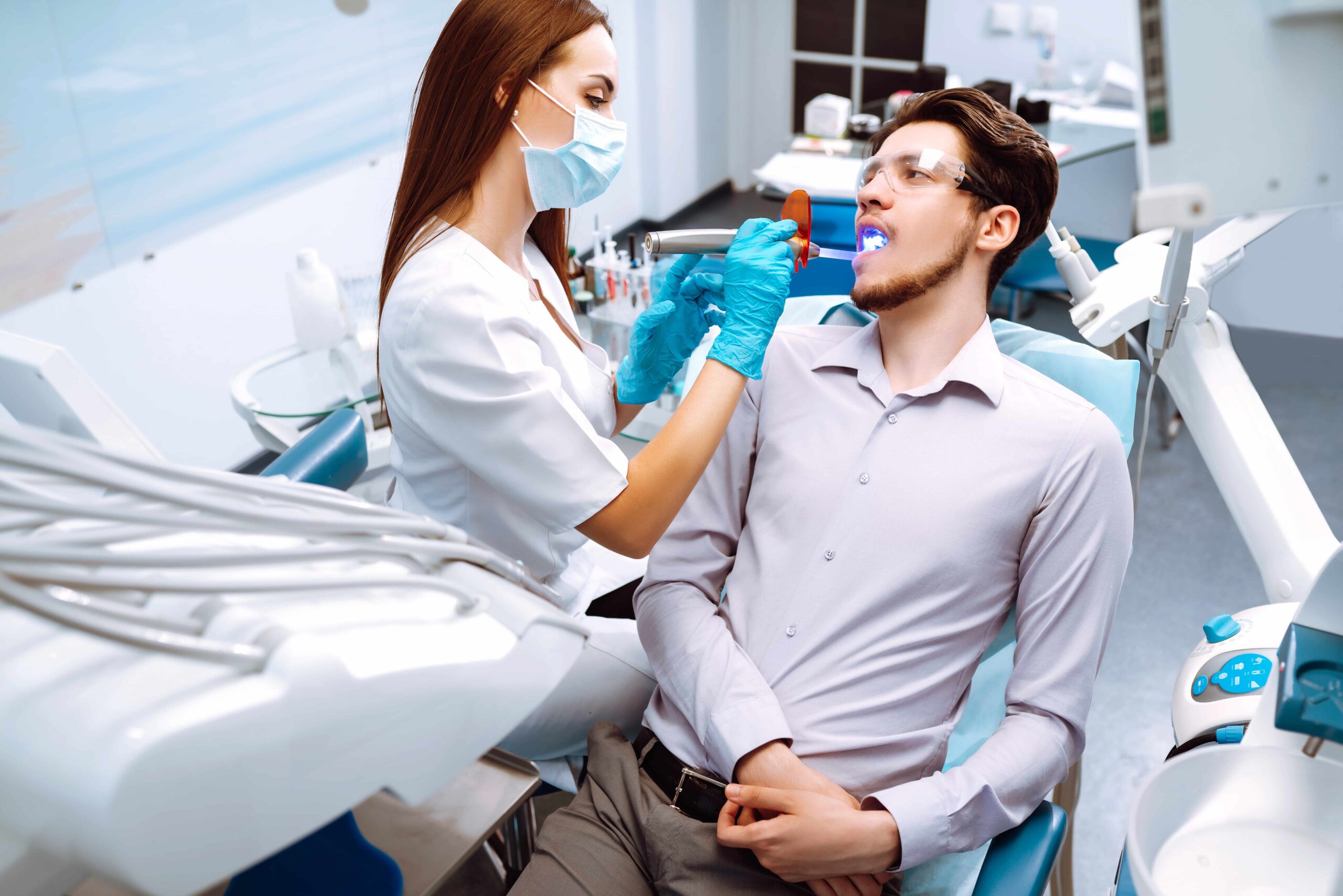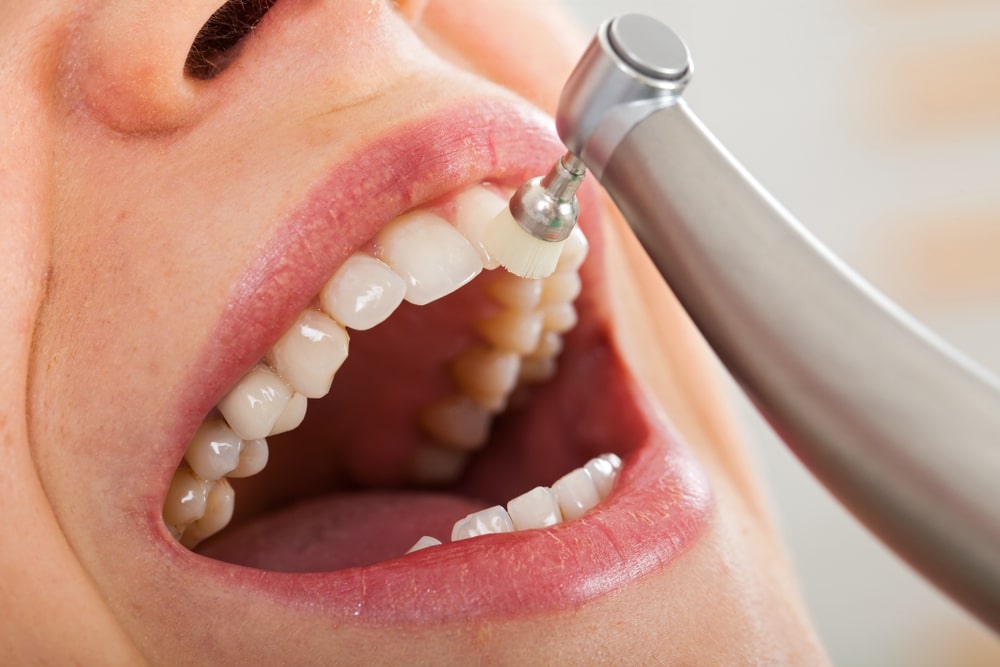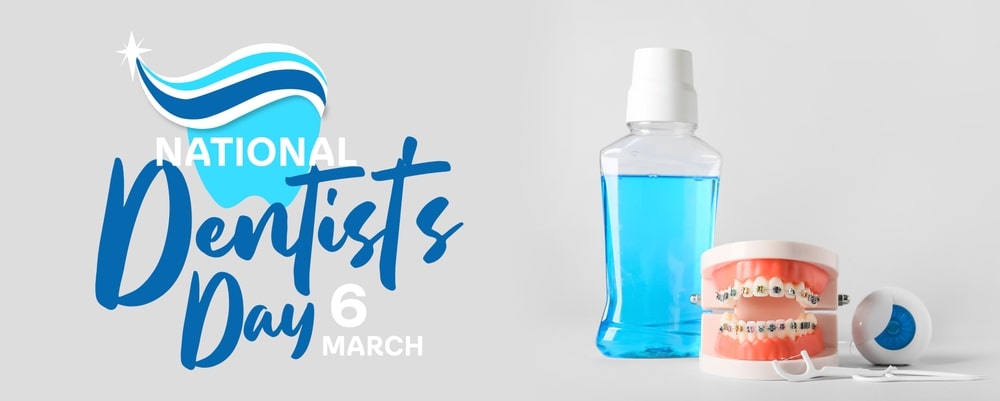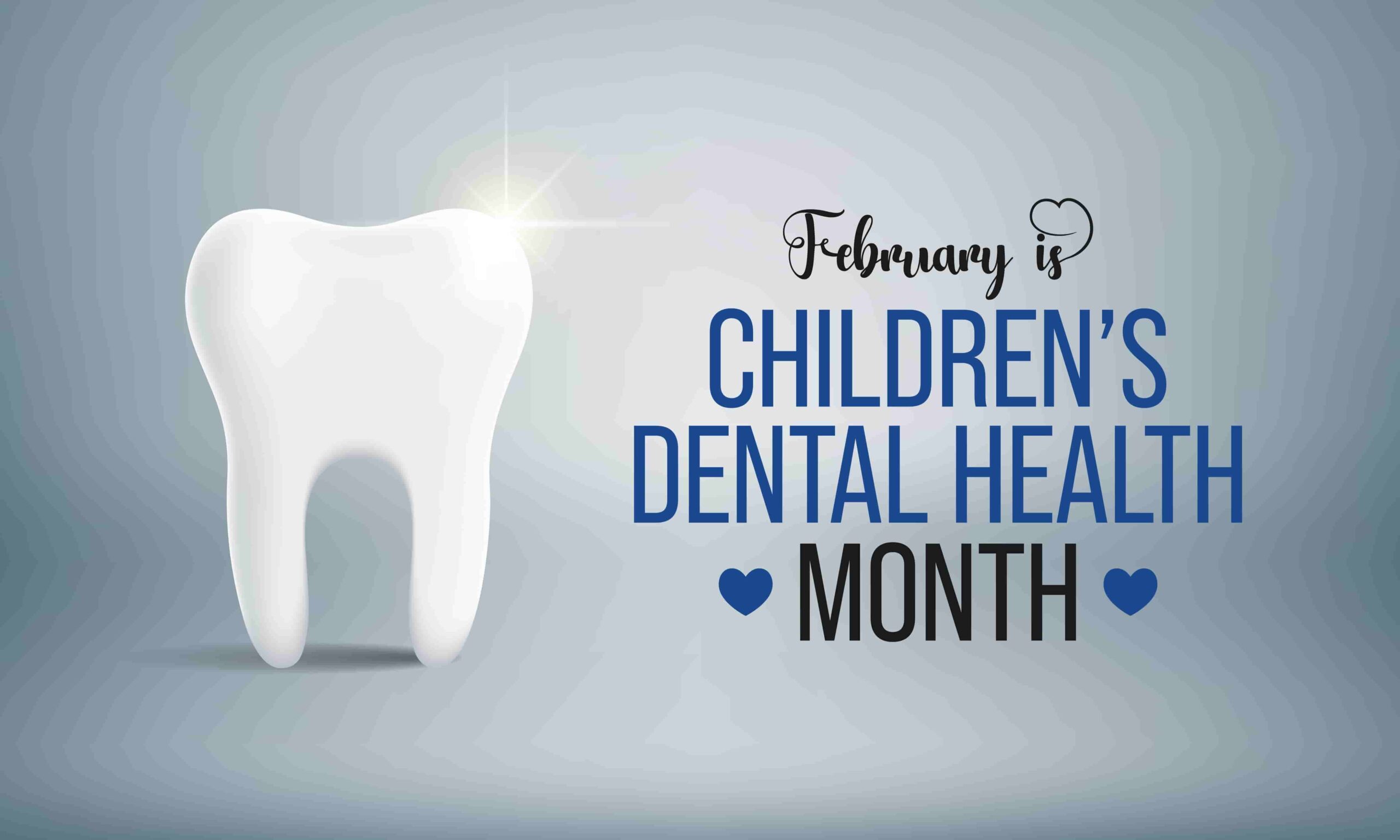Celebrating Canada Day as a Proudly Canadian Dental Clinic in Airdrie
Canada is known for its diversity, inclusivity, and commitment to excellence. These values extend to various aspects of Canadian life, including healthcare services. At Yankee Valley Dental, we don't just uphold these values; we embody them. Our commitment to Canadian values in healthcare is a testament to the quality and care you [...]

